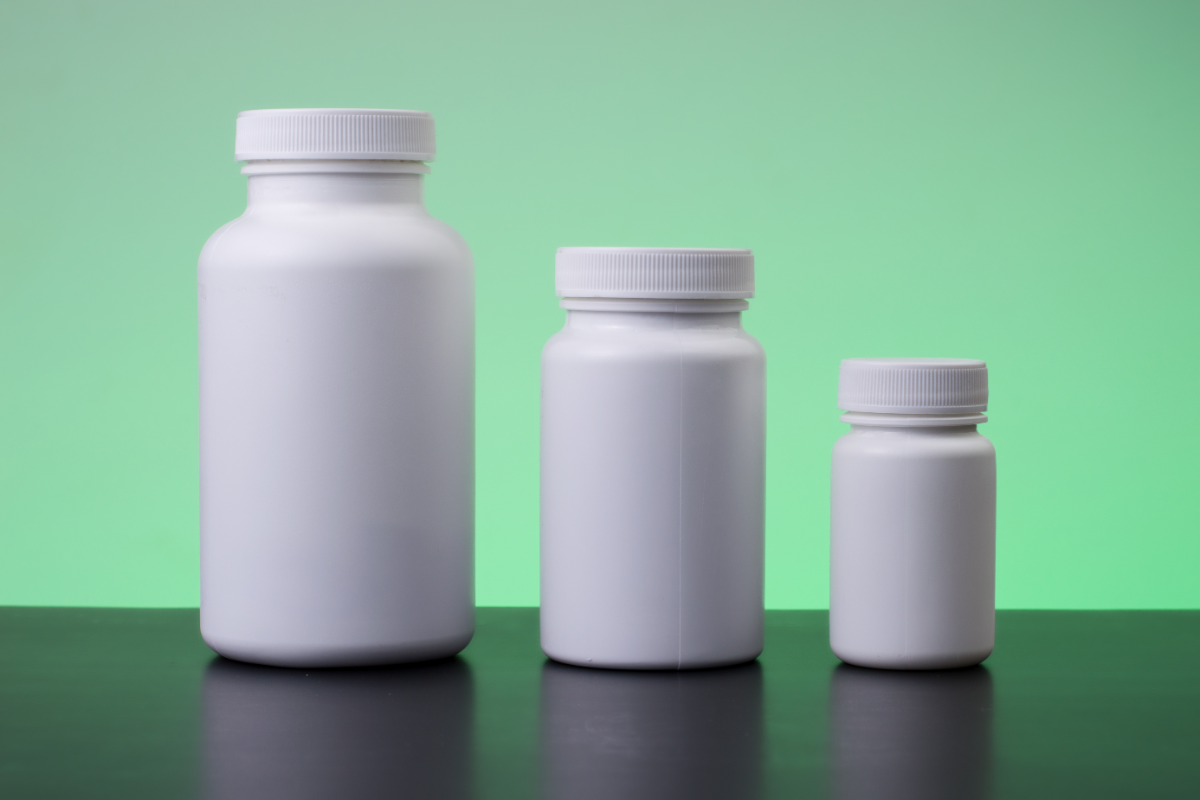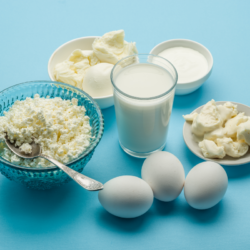Cellular ageing is a biological phenomenon that is attracting increasing interest because of its implications for health and quality of life. In this context, the Lifegen Cell Regenea Antioxidant dietary supplement from the Biocyte laboratory presents itself as an innovative solution based on nutrigenomics. This article examines the active ingredients of this product, the mechanisms by which it works, and the scientific backing behind these claims.
Nutrigenomics: the science at the heart of Cell Regenea
Nutrigenomics is a discipline at the intersection of nutrition, genetics and epigenetics. This science aims to decipher the molecular interactions between nutrients and the genome, enabling a personalised approach to nutrition and therapy. The aim is to optimise physiological functions reduce the risk of chronic disease and improve general well-being through targeted dietary interventions.
Function and Epigenetics
The incorporation of epigenetics within the framework of nutrigenomics opens up innovative perspectives for understanding how nutrients can modulate gene expression. Epigenetic mechanisms, such as DNA methylation, histone modifications and non-coding RNAs, are levers through which nutrients can influence gene expression. In particular, studies have shown that certain dietary compounds are able to modulate these epigenetic marks, either by adding them or by removing them, which can have considerable effects on specific biological processes.
To put this into context, Cell Regenea incorporates ingredients such as selenium and sulforaphane, which have been shown to modulate the expression of genes linked to oxidative stress and cellular detoxification. Selenium, for example, can affect DNA methylation mechanisms, an epigenetic modification that is crucial for gene expression. Sulforaphane, on the other hand, is known to influence histone modifications, specifically by inhibiting histone deacetylases (HDACs), a class of enzymes that regulate gene access.
Implications for Oxidative Stress and Cellular Ageing
In the case of Cell Regenea, the applications of nutrigenomics are particularly relevant to the modulation of gene expression linked to oxidative stress. The product uses a synergy of ingredients which, through epigenetic modifications, help to regulate signalling pathways such as the nuclear factor kappa B (NF-κB) pathway and the Nrf2/Keap1 pathway. These pathways are central to the activation of endogenous antioxidant mechanisms, contributing to cellular protection and longevity.
Cell Regenea and its active ingredients
Cell Regenea uses a complex called REVERS’AGE, which combines several antioxidants and nutrients, including cinnamon and selenium, to combat oxidative stress.
Detailed composition and mechanisms of action of Cell Regenea
- Cinnamon: Rich in bioactive compounds, particularly polyphenols and flavonoids, which have an impact on the endogenous antioxidant system. In clinical studies, cinnamon extract has been shown to improve glucose and lipid metabolism (Khan et al., 2003; Roussel et al., 2009). It acts by inhibiting enzymes such as alpha-glucosidase and alpha-amylase, which are involved in breaking down complex carbohydrates into simple glucose.
- Selenium: An essential trace element that acts as a cofactor for glutathione peroxidase, a key enzyme in the neutralisation of free radicals. The Lancet reports a reduced risk of cardiovascular disease and cancer with selenium supplementation (Rayman, 2012; Bleys et al., 2008). It plays a role in protecting the cell membrane by neutralising reactive oxygen species (ROS).
- Green tea: Rich in catechins and polyphenols, green tea has been associated with a reduced risk of all-cause mortality, including cardiovascular disease and cancer (Kuriyama et al., 2006). These plant compounds function as chelating agents, preventing the formation of metallic free radicals and inhibiting pro-oxidant enzymes.
- Pomegranate: Contains tannins, such as punicalagin and ellagic acid, which have antiproliferative and antioxidant activity, according to studies published in the Journal of Nutritional Biochemistry and the Journal of Ethnopharmacology (Seeram et al., 2005; Lansky et al., 2007). These compounds interact with specific cellular targets to modulate signalling pathways such as the nuclear factor kappa B (NF-κB) pathway.
- Broccoli: A rich source of sulforaphane, an organosulphur compound that has shown anticancer properties in studies published in Acta Pharmacologica Sinica and the Proceedings of the National Academy of Sciences (Zhang & Tang, 2007; Fahey et al., 1997). Sulforaphane acts by inducing phase 2 of detoxification enzymes, thereby helping to neutralise carcinogens.
- Microalgae: A rich source of superoxide dismutase (SOD), an antioxidant enzyme that catalyses the dismutation of superoxide into oxygen and hydrogen peroxide (Bafana et al., 2011). Microalgae are often used as a supplement to improve antioxidant status due to their high SOD content.
Mechanisms of action
Cell Regenea acts on several fronts to neutralise oxidative stress and protect cells. The product relies on the synergy of its ingredients to modulate gene expression linked to oxidative stress, while activating signalling pathways involved in neutralising free radicals. Each ingredient contributes to one or more specific mechanisms, creating a complex formula that tackles cellular ageing in a comprehensive and integrated way.
What is Cell Regenea used for?
Cell Regenea protects cells against oxidative stress and contributes to normal cell ageing. It is composed of an antioxidant complex called REVERS’AGE, which is formulated from ingredients such as cinnamon, selenium, green tea, pomegranate extract, broccoli extract and microalgae. These ingredients have been chosen for their ability to modulate gene expression linked to oxidative stress, thereby strengthening the body’s natural defences and helping to prevent premature cell ageing. In short, Cell Regenea is a global solution designed to improve cellular longevity and general well-being.
Use and dosage
We recommend taking one capsule of Cell Regenea a day, preferably with a meal, for 30 days.
Precautions and contraindications
Pregnant women, people with thyroid problems and children should not use Cell Regenea.
Source of information:
- Rayman, M. P. (2012). Selenium and human health. The Lancet, 379(9822), 1256-1268.
- Bleys, J., Navas-Acien, A., & Guallar, E. (2008). Serum selenium levels and all-cause, cancer, and cardiovascular mortality among US adults. Archives of internal medicine, 168(4), 404-410.
- Lansky, E. P., & Newman, R. A. (2007). Punica granatum (pomegranate) and its potential for prevention and treatment of inflammation and cancer. Journal of ethnopharmacology, 109(2), 177-206.
- Seeram, N. P., et al (2005). In vitro antiproliferative, apoptotic and antioxidant activities of punicalagin, ellagic acid and a total pomegranate tannin extract are enhanced in combination with other polyphenols as found in pomegranate juice. Journal of nutritional biochemistry, 16(6), 360-367.
- Yang, C. S., Wang, X., Lu, G., & Picinich, S. C. (2009). Cancer prevention by tea: animal studies, molecular mechanisms and human relevance. Nature Reviews Cancer, 9(6), 429-439.
- Kuriyama, S., et al. (2006). Green tea consumption and mortality due to cardiovascular disease, cancer, and all causes in Japan: the Ohsaki study. JAMA, 296(10), 1255-1265.
- Zhang, Y., & Tang, L. (2007). Discovery and development of sulforaphane as a cancer chemopreventive phytochemical. Acta pharmacologica Sinica, 28(9), 1343-1354.
- Fahey, J. W., et al (1997). Sulforaphane inhibits extracellular, intracellular, and antibiotic-resistant strains of Helicobacter pylori and prevents benzo[a]pyrene-induced stomach tumors. Proceedings of the National Academy of Sciences, 99(11), 7610-7615.
- Roussel, A. M., et al. (2009). Antioxidant effects of a cinnamon extract in people with impaired fasting glucose that are overweight or obese. Journal of the American College of Nutrition, 28(1), 16-21.
- Khan, A., et al. (2003). Cinnamon improves glucose and lipids of people with type 2 diabetes. Diabetes care, 26(12), 3215-3218.
- Paliwal, C., et al. (2018). Superoxide dismutase: A predicting factor for boar semen characteristics for short-term preservation. Veterinary world, 11(8), 1102.
- Bafana, A., Dutt, S., Kumar, S., & Ahuja, P. S. (2011). The basic and applied aspects of superoxide dismutase. Journal of Molecular Catalysis B: Enzymatic, 68(2), 129-138.





